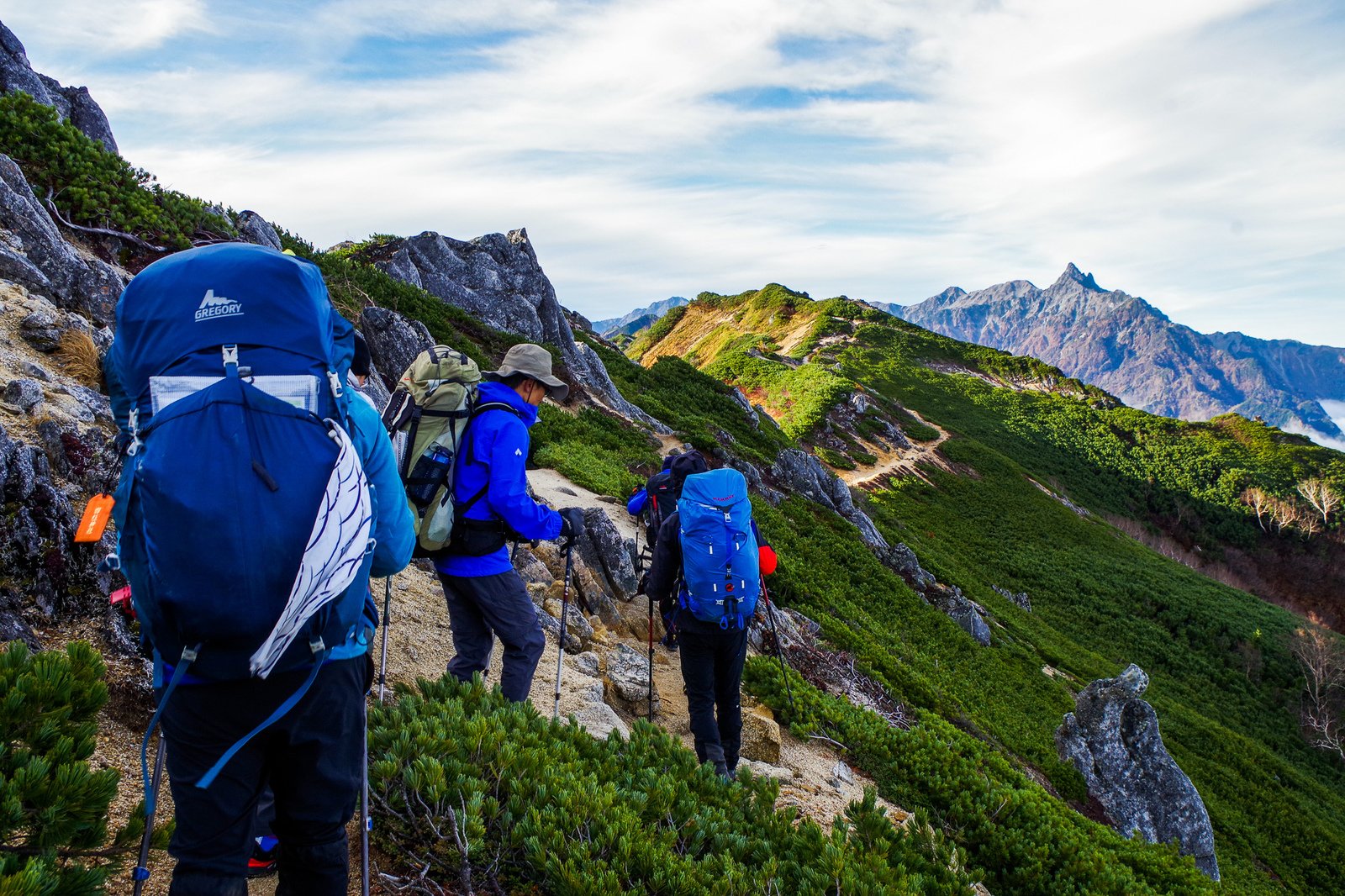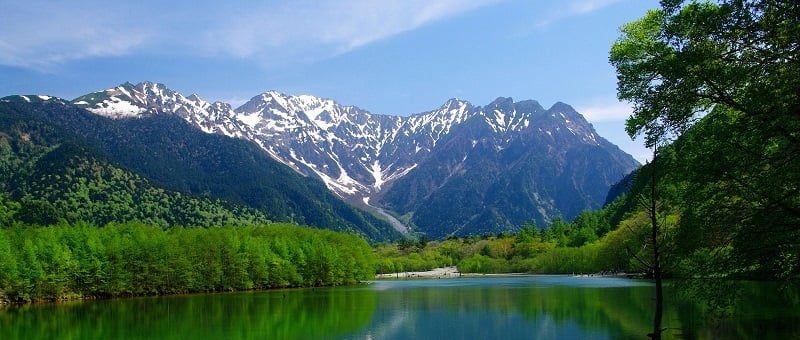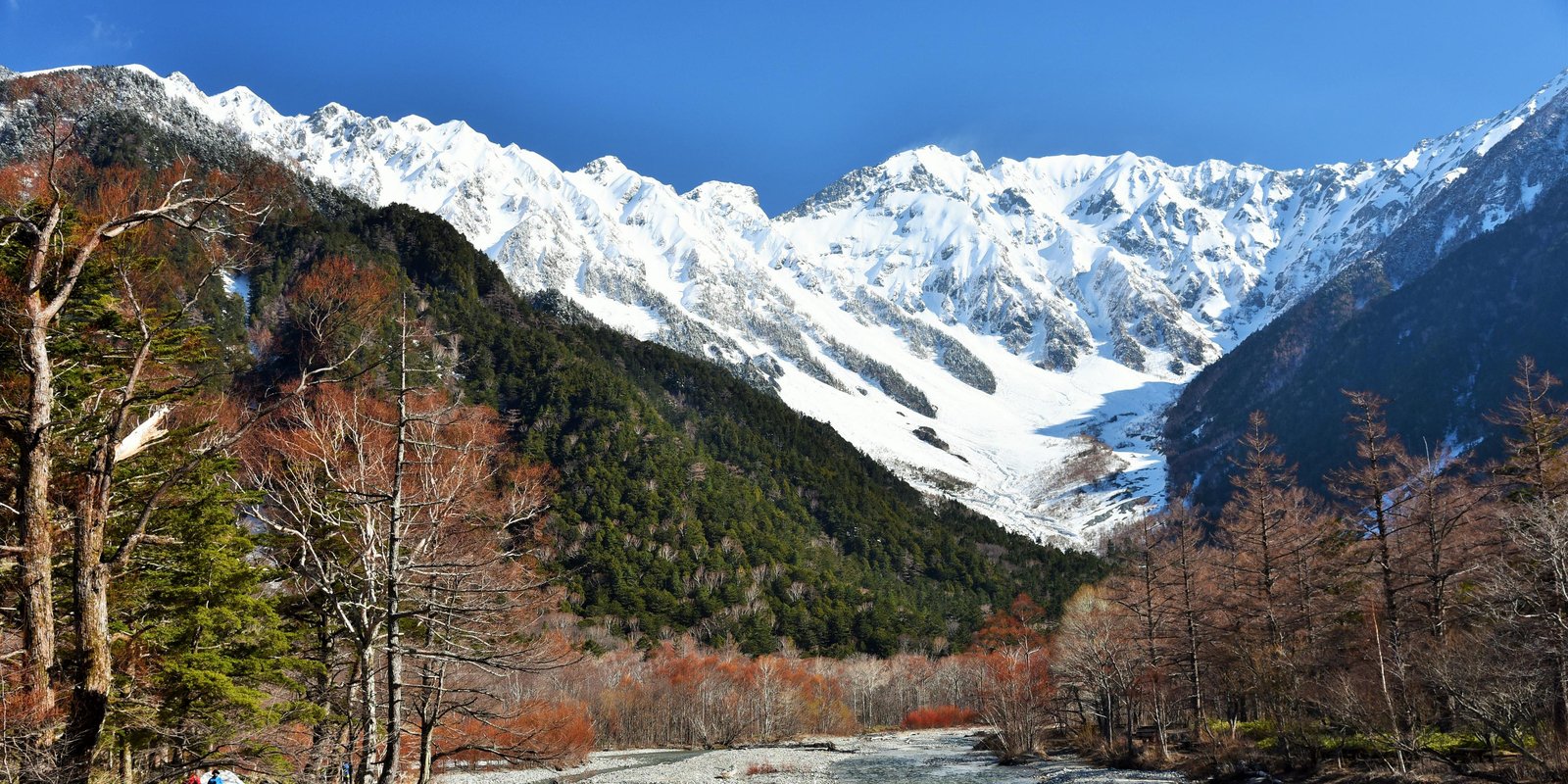
Located in the center of Japan’s main island of Honshu, the Japanese Alps were named after their European counterparts by a British mining engineer named William Gowland in the 19th century. At the time, this moniker only referred to the Northern Alps, but it eventually encompassed the Central and Southern Alps as well. Together, the three ranges span across six prefectures, though they all border Nagano.
The Northern Alps, also known as the Hida Mountains, is the largest of the three ranges and stretches across Nagano, Toyama, Gifu and Niigata prefectures. The highest peak is Mount Hotaka at 3,190 meters. The Northern Alps are part of the vast, 1,743km2 wide Chubu Sangaku National Park.
This region is an outdoor enthusiast’s paradise. During the green season, endless trails offer both experienced hikers and beginners plenty of options. In the winter, ski resorts tucked amongst the Northern Alps provide world class powder skiing and snowboarding, as well as other activities such as snowmobiling and snowshoeing.
History
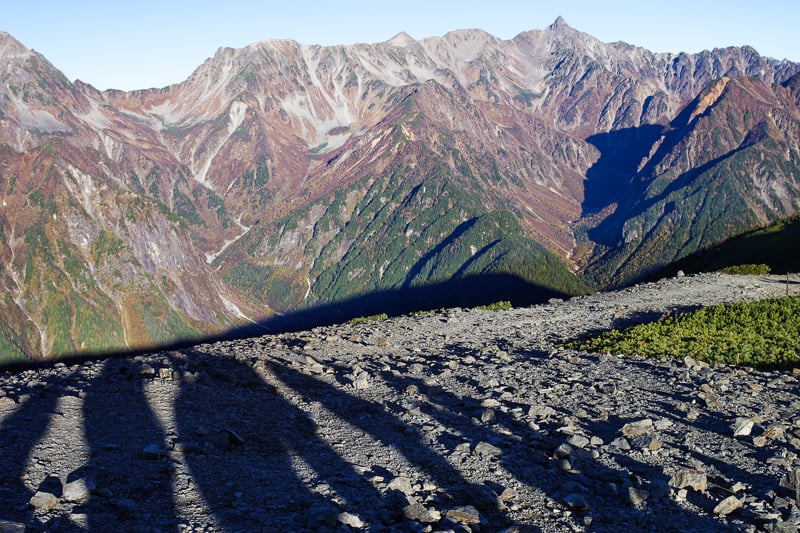
Before mountain climbing became a recreational pastime, it was associated with the spiritual aims of priests and monks wanting to be closer to the gods. William Gowland was the first Westerner to climb extensively in the Northern Alps, summiting Mt. Hotaka in 1880. Though Gowland coined the term Northern Alps, Reverend Walter Weston, an English clergyman is attributed with its rise in popularity among Japanese climbers. Chubu Sangaku National Park was established in 1934 by the Japanese government and has been a popular destination for avid climbers and tourists ever since.
Places to Visit in the Northern Alps
The Northern Alps are full of scenic spots, trails and more; and your gateway to it all is Matsumoto City, smack dab in the center of Nagano Prefecture. See some of the best places to visit in the Northern Alps below:
Kamikochi
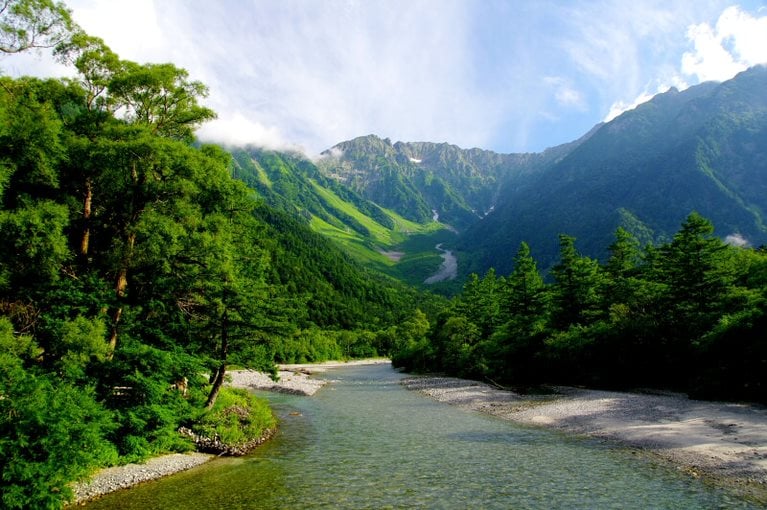
The most visited area of the Northern Alps, Kamikochi offers some of the region’s best mountainous scenery that you can find without extensive gear or climbing experience. There are leisurely walks along the crystal blue Azusa River, longer hikes to Myojin Lake for beginners and even trails to the tops of the Northern Alps’ highest peaks. Wildlife such as Japanese Serows, deer, monkeys, and birds are often seen, in addition to hundreds of plant species.
Trekking from Kamikochi
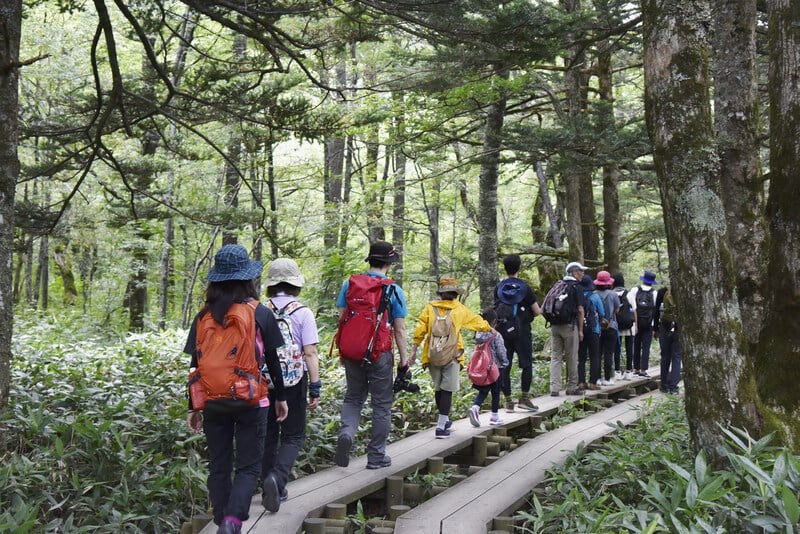
The trekking season is usually from July to October, while Kamikochi opens in mid-April.
Popular trekking courses include Tokusawa, Mt. Chogatake and Mt. Yakedake, Kamikochi’s only volcanic summit. Trekking courses are labeled from A to E with A being for beginners and E being for experts.
Landscapes, Scenery and Sightseeing Spots
-small.jpg)
For more leisurely options, there are other landscapes and sightseeing spots in Kamikochi including Taisho Pond, Kappa Bridge and the Weston Monument. These are short walks but still provide plenty of scenic views.
Tateyama Kurobe Alpine Route
This multi-day route takes hikers across the Northern Alps from Tateyama Station in Toyama Prefecture and ends at Shinano-Omachi station in Nagano. In its entirety, the route is about 90 km long. The alpine route has many different courses and lengths. If traveling on foot isn’t your cup of tea, there are cable cars and ropeways to still catch many of the same vistas.
The Snow Walls of Murodo
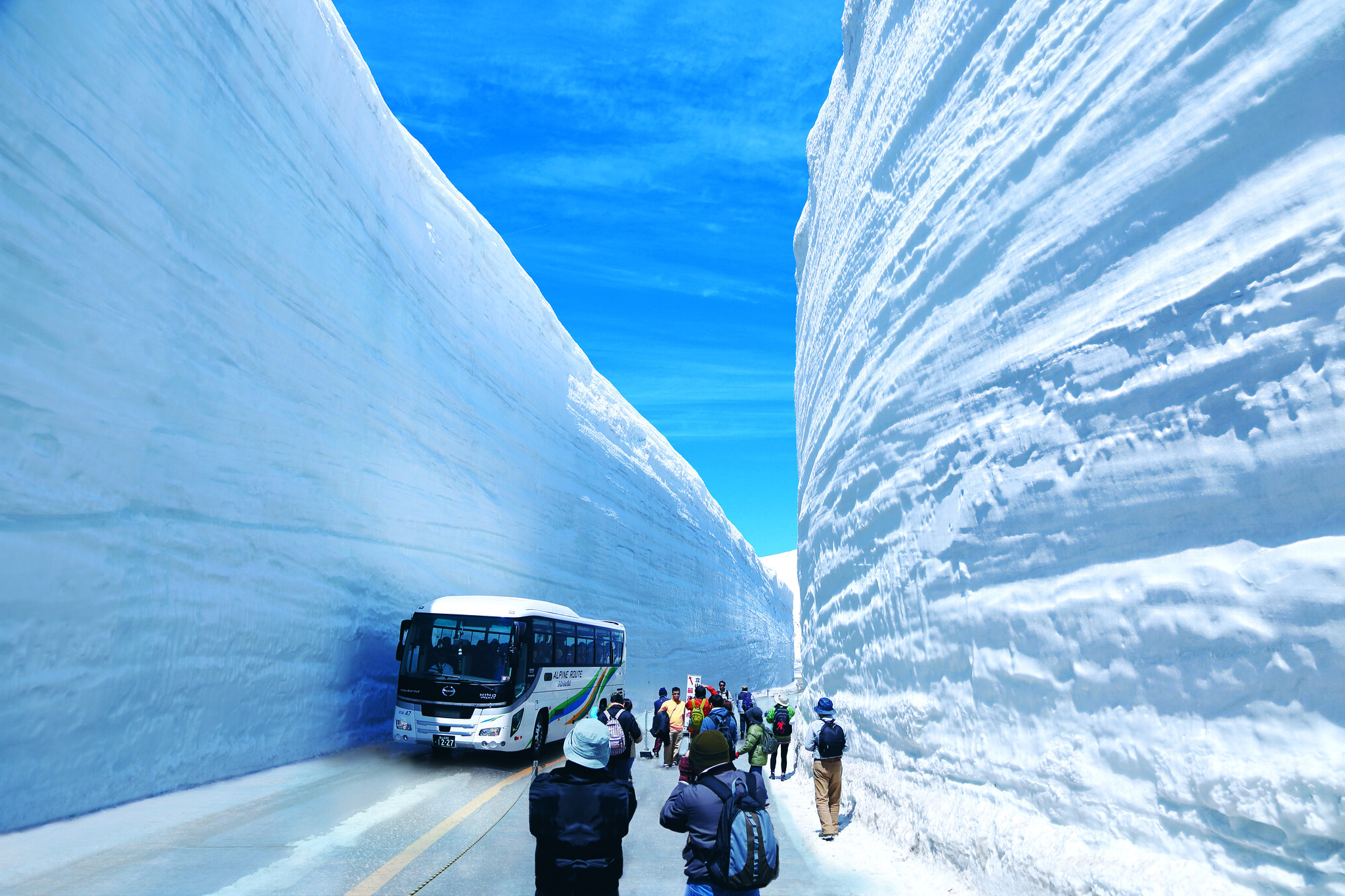
Along the alpine route, one of the most famous places to stop is Murodo, with its famous snow walls. Typically open from April, one can view the corridor of snow sometimes towering 20 meters high. Other beautiful sights include Mikurigaike (Mikuri Pond).
The Tateyama Ropeway
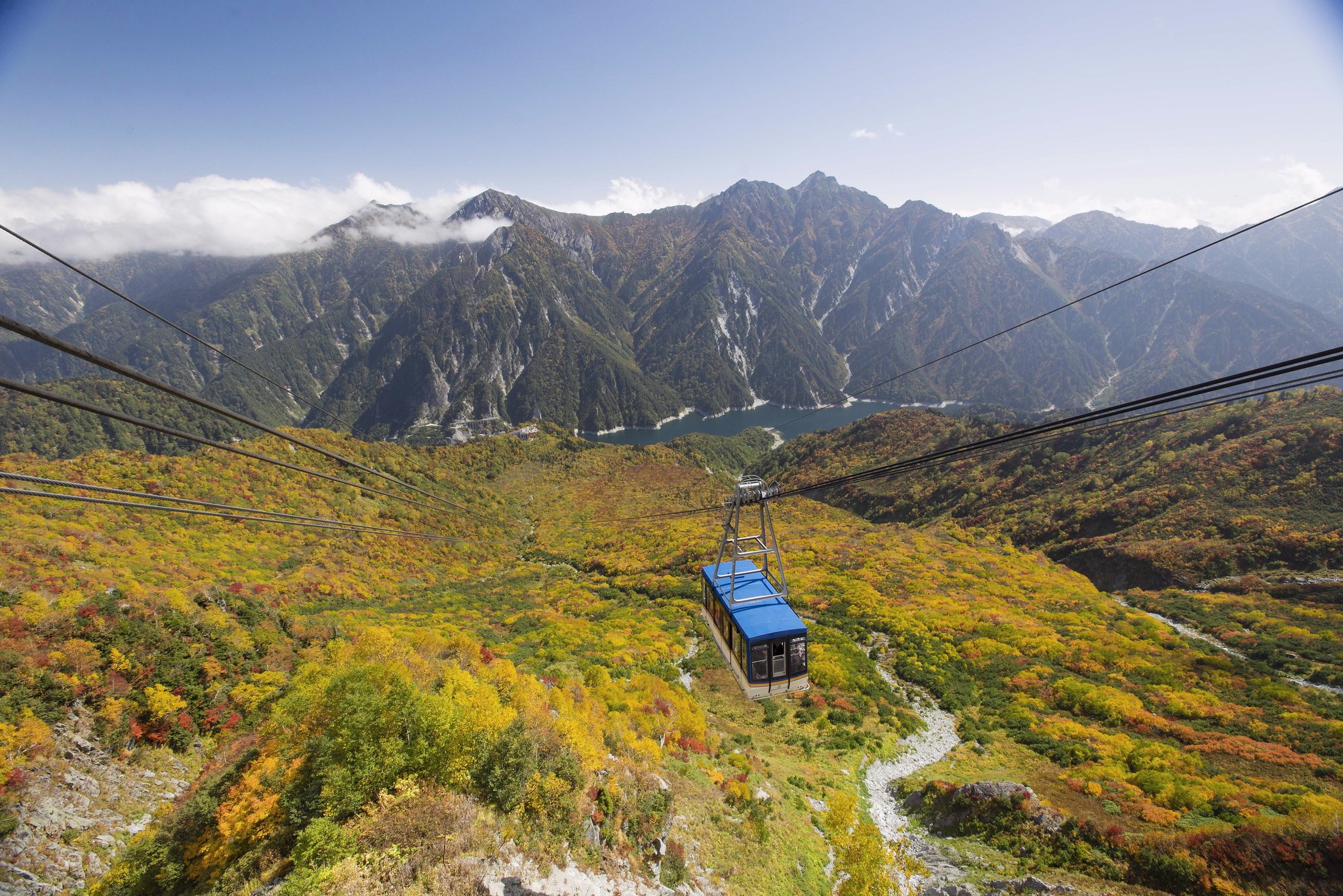
Take Japan’s longest one-span ropeway from Daikanbo to Kurobedaira situated in the neighboring range. Enjoy panoramic views of the surrounding alpine scenery and snow-covered peaks.
Kurobe Dam
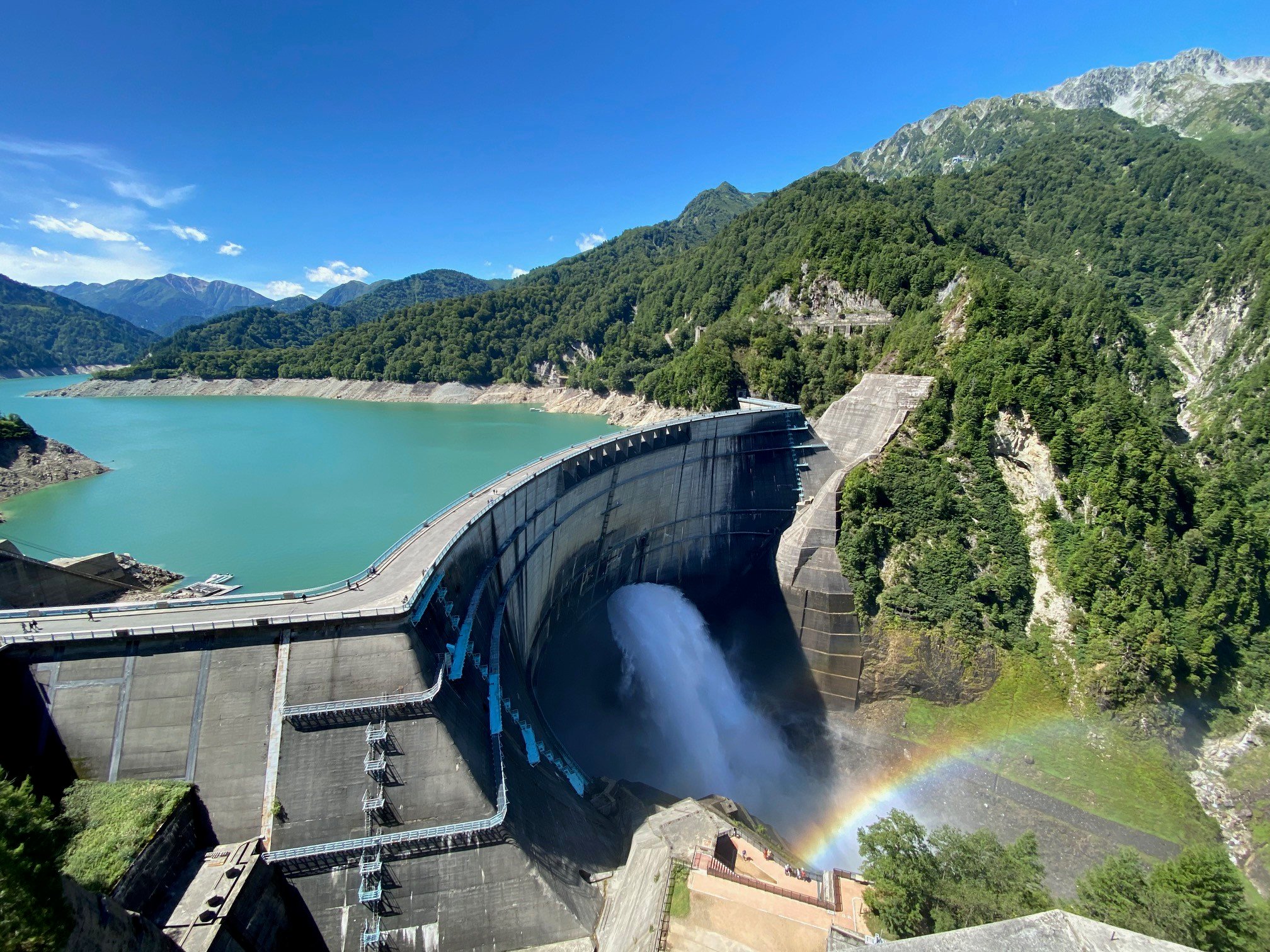
At 186 meters, Kurobe Dam is Japan’s tallest. It is popular from June to October when water is released, making an impressive spectacle. From June to November, visitors can enjoy the highest altitude boat rides in Japan.
Norikura Highlands
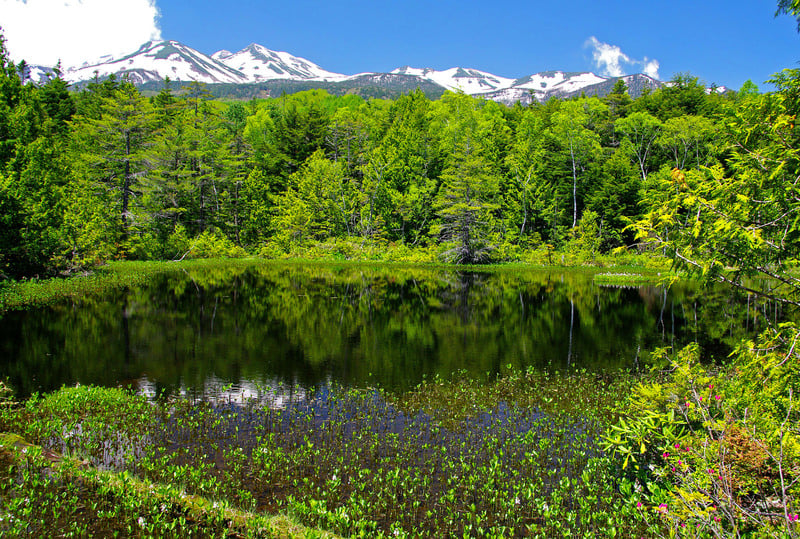
Located on the border of Gifu Prefecture, the Norikura Highland is home to Shirahone Onsen, the famous white water hot springs; Sanbondaki, a triple cascading waterfall; trekking courses and more beautiful alpine nature.
Shirahone Onsen
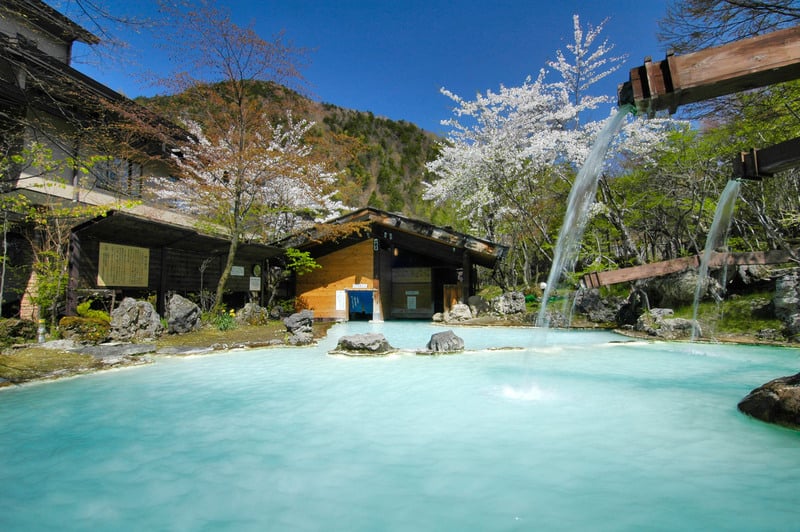
Shirahone Onsen is a well-sought-after hot spring destination in Nagano. Meaning “white bone,” this hot spring’s name comes from its milky blue waters, full of minerals and therapeutic properties.
The Three Waterfalls of Sanbondaki
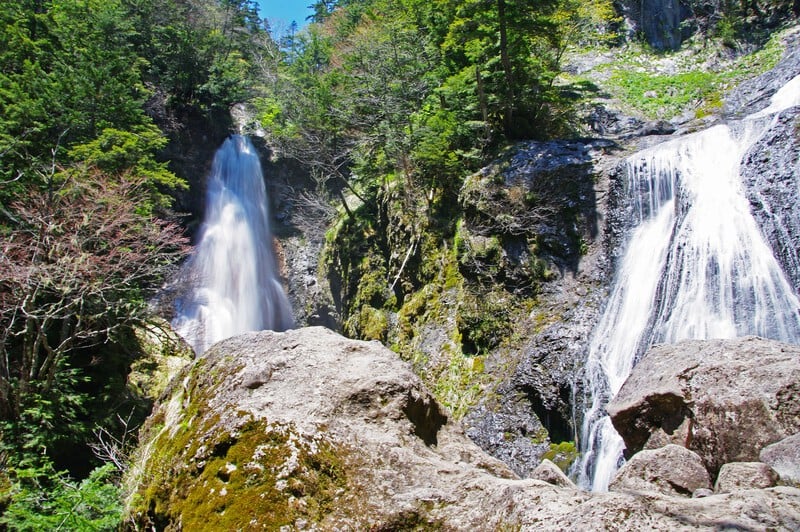
Sanbondaki means “three waterfalls” in Japanese. Visitors can park and reach the three cascading waterfalls after a 30 minute hike each way.
Trek to Mt. Norikura
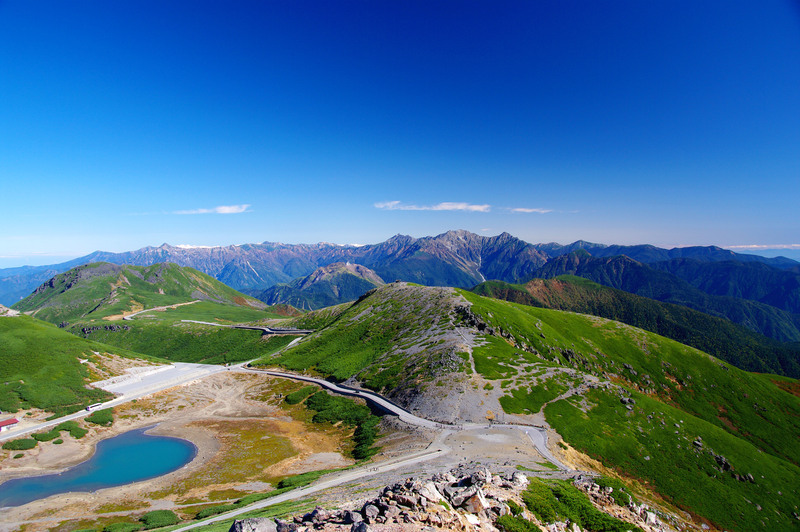
This is the third tallest and southernmost peak in the Northern Alps. Due to the high altitude, this is one of the first places to see the autumn foliage.

